June 2013 saw the 352nd SOG at RAF Mildenhall receive its first CV-22B Ospreys and MC-130J Commando IIs. Gordon Jones reports for GAR.
June 2013 saw the 352nd Special Operations Group based at RAF Mildenhall receive its first examples of the CV-22B Osprey and the MC-130J Commando II. The new aircraft types are part of an ongoing recapitalisation of the Air Force Special Operations Command’s (AFSOC) ageing fleet, the majority of which is made up of modified C-130 Hercules, some of which date back to the Vietnam era.
The 352nd SOG is made up of two flying squadrons, the 67th Special Operations Squadron and the 7th Special Operations Squadron. The 67th SOS currently operates the MC-130P Combat Shadow and is transitioning to the MC-130J Commando II (for a time it was called the Combat Shadow II as it is a direct replacement for the MC-130P). The 7th SOS currently operates the MC-130H Combat Talon II and is transitioning to the CV-22B Osprey, a move that sees a vertical lift capability return to the 352nd after six years when the 21st SOS and its MH-53 Pave Lows were deactivated in 2007. Although the 21st SOS is not being reactivated, the 7th SOS has adopted the callsign “Knife” to be used by the Ospreys.
The 1980s’ era MC-130Hs will be redistributed to squadrons that still operate the type as they are replaced, but the older Vietnam era MC-130Ps will be withdrawn from service, being flown to and stored in the ‘Boneyard’ at Davis–Monthan Air Force Base, Arizona.
The 352nd expects to receive a total of ten Ospreys and 12 MC-130Js, roughly double the current strength, which will mean an increase of personnel from 780 (in 2012) to an expected 1,200 by 2014, the majority of these being maintenance personnel.
The decision to base these aircraft in the UK came after close coordination between the UK’s Ministry of Defence and the US Department of Defense.
Colonel Christopher Ireland, the 352nd Special Operations Group Commander, said:
“We are the only unit stationed in Europe as part of US European Command designed to provide specialised air power to not only US but also to coalition forces as well. So, from a NATO perspective, and its specialised forces, we are able to work alongside them and bring an aviation component and flavour to ongoing ground or naval operations; and that’s not only from a training perspective here in Europe but also for NATO and its operations in Afghanistan.
“The training and relationships we build here in Europe in a benign environment, those carry forward and we are able to capitalise on those operationally as well.”
MC-130J Commando II and 67th SOS

© Gordon Jones – globalaviationresource.com
The 67th SOS received its first MC-130J (10-5714) on 7 June and this was followed by a second (09-6210) on 15 July. Both aircraft were initially delivered to Cannon Air Force Base, New Mexico, where the acceptance flight and maintenance acceptance process were completed, before being handed over and ferried to RAF Mildenhall by Major Rick Hollinger of 67th SOS. One of these aircraft will be kept and the other will be returned to Cannon AFB at a later date after more aircraft have been delivered to the unit, a process that will see all 12 examples arriving over the next five years.
The MC-130J will carry out all the roles the MC-130P currently performs.
“All the missions we have here [RAF Mildenhall] we can do with the J model. We can do helicopter refuelling, tiltrotor refuelling, we can receive fuel from the KC-135s, short field landings, low level, infiltration, exfiltration, rapid off-load, rapid on-load, airdrop, heavy airdrop, container airdrop, personnel airdrop, we can do it all,” said Major Hollinger.
The difference between the J and the P models is the efficient way in which it carries out those roles. The J model, with its four Rolls-Royce AE 2100D3 turboprops with six-bladed composite propellers gives the crew the ability to choose to either fly 20% faster than the P model or to carry 10,000lbs of extra fuel or cargo. The improvements continue on the inside with an enhanced cargo-handling system which requires only a single loadmaster to operate. Moving forward in the aircraft and you’ll notice the biggest changes in the cockpit, with multi-functional displays dominating the flight deck along with the addition of head-up displays.
The glass cockpit with its digital moving map and integrated systems has seen the crew complement change from four officers (pilot, co-pilot, primary navigator, secondary navigator) and four enlisted (flight engineer, communications systems operator and two loadmasters) on the P model to a crew of three officers (pilot, co-pilot, combat systems operator) and up to two enlisted (loadmasters) personnel.

© Gordon Jones – globalaviationresource.com
The change in the crew make up has also changed how the crew operates, as Major Hollinger explains:
“The workload is different; it’s a little bit hard to explain as it is a far, far different way of flying. On the MC-130P we had a larger crew, a crew of eight versus a crew of five, so it was very crew and human intensive; we were very good at getting the information from each other.
“The MC-130J is different as we now have to integrate the computer, so we as pilots have to learn how to talk to the computer and have the computer do what we tell it to and get what we want out of it to build our situational awareness.”
The pilots flying the J model have converted from the P after attending the C-130J Transition Programme at Little Rock Air Force Base, Arkansas, lasting between four to six months, before moving to Kirtland Air Force Base, New Mexico, to do the MC-130J portion, for an additional four months of training.
The former MC-130P navigators convert to combat systems operator and also attend a course at Kirtland AFB.
Initial experience with the new aircraft is very good with a 99.5% launch rate being achieved.
CV-22B Osprey and 7th SOS
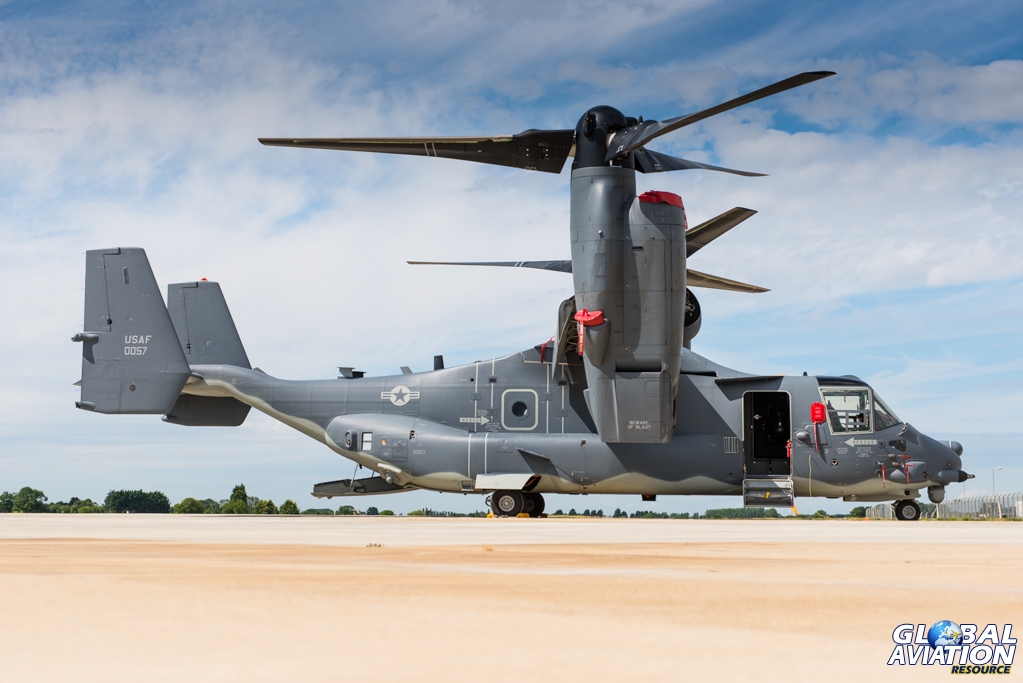
© Gordon Jones – globalaviationresource.com
The 7th SOS received its first Ospreys on 23 June when both 11-0057 and 11-0058 arrived. A further two are due in September 2013, three more in February 2014 and the final three in August 2014.
It’s fair to say the Osprey has had a difficult introduction to service but the aircraft has some clear advantages over the other aircraft types with its ability to land vertically but also to cruise at 230 knots at high altitude – attributes that allowed it to rescue 32 personnel stranded in Afghanistan in an 800 nautical mile mission lasting four hours without the need to refuel. The CV-22B was also able to fly above 15,000 feet in a ‘hot and high’ climate to clear extremely bad weather.
The tiltrotor nature of the aircraft, blurring the definition between a helicopter and an aircraft, did present a unique problem to the MoD when dealing with the UK’s Low Fly System (UKLFS).
“There is a rotary-wing block and a fixed-wing block and we have an aircraft that transits the two, so it creates a different set of processes, procedures and deconflictions,” said Colonel Christopher Ireland, the 352nd Special Operations Group Commander.
He then went on to explain how, after being briefed on how the Osprey is operated and what it can and cannot do, the MoD came up with new procedures to allow the aircraft to operate safely in the UKLFS.
At present the Ospreys are training at Sculthorpe and in the STANTA range but the UKLFS in Wales, the Lake District and the Highlands will be used in the future, along with the Salisbury Plain Training Area (SPTA).

© Gordon Jones – globalaviationresource.com
The crew for the Osprey consists of a pilot, co-pilot and two flight engineers. The two flight engineers fill very different roles, though, with one dealing with the mission, aircraft performance, time on target and radio navigation whilst the other focuses on threats to the aircraft and the cargo.
Flying the Osprey has required pilots like Captain Mark Hamilton, who is the flight lead for the 7th SOS and a former MH-53 pilot, to rethink how they fly when they first transition to the Osprey.
“The transition from a helicopter to an airplane was fairly unique as I was pretty much trained on a 90 knot mind-set, and all of a sudden you fly up to 230, 240, 250 [knots] on any given day. There is certainly a mind-set shift but the Air Force’s training programme that we follow, especially in AFSOC, is outstanding, so the training you get makes that transition easy.
“The Air Force’s assignment system and our leaders have done an excellent job of getting the right mix to fly this airplane. Some of the initial cadre were certainly former MH-53 pilots to take away that experience from assault platforms but since then, we still have those initial cadre guys, but we’re now getting former C-130 guys and former Talon pilots. That integration and synchronisation of those skill-sets creates a better product for our customers, our partner nations and ultimately delivers the best product.”

© Paul Filmer – globalaviationresource.com

© Paul Filmer – globalaviationresource.com
Training Flights
As both the 67th and 7th SOS train their air crews on these new aircraft and the number of aircraft increases, so does the impact to the local communities. With the limited number of aircraft at the moment more flying is being done in the day, but as the training goes on, both squadrons will swap to night flying to practise the skills they will be called upon to use in theatre.
The SOG is very aware of the need to engage with the general public about this and has already held one community event for the people of East Anglia to let them know what they are doing and why. Colonel David B. Cox, the Vice Commander of the 100th ARW that hosts the 352nd SOG, explains:
“We are going to have more flights, we are going to have additional noise complaints and the unique nature of this mission does have us flying at night, so we know that is going to happen a little more regularly.
“We appreciate the patience of the local populous.
“We do want them to let us have that feedback because we need to know when things are loud.”
Gordon Jones would like to thank the 100th ARW, the 352nd SOG, the 67th SOS, the 7th SOS and the SOG Public Affairs Office for their assistance.

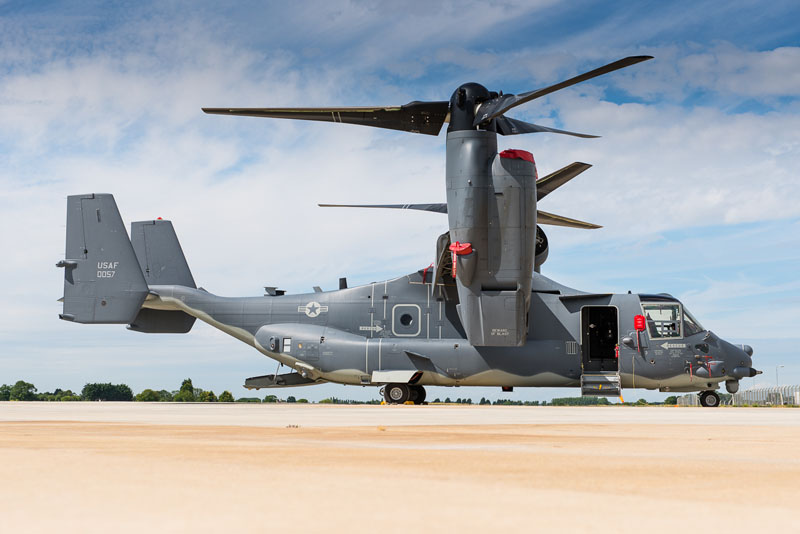
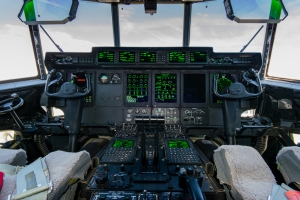


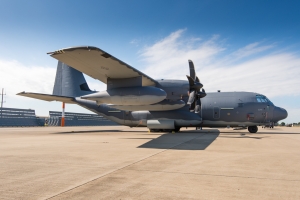

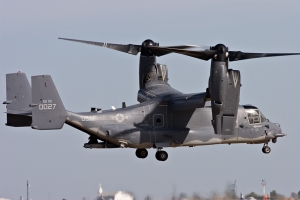





It would have been appreciated if the people of South Lakeland had been warned about these strange flying machines before they spent so much time in the area. Interesting, and caused much speculation but rather noisy at night – sound like they are about to join you in your bedroom!!